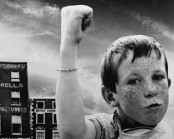
IFI BLOG: Dr. Harvey O’Brien on Bargaintown
Bargaintown opens December 4th at the IFI. Here, Dr. Harvey O’Brien talks about the cultural significance of the film within a historical Dublin landscape.
Bargaintown (1989) is a unique cinematic object: an intimate outsiders’ view of a city at a decisive moment. Its German makers had no socio-cultural axe to grind and no ideological agenda when they captured pre-rejuvenation Dublin in its darkness and light, but they approached their subject with a more critical and poetic eye than the average tourist.
Navigating the weathered exteriors and darkened interiors of shops and public houses along the quays, including the titular furniture store (which remains today) Jaszai and Klinger mapped a space that was about to die in starkly expressive black and white. The living heart of the city centre had long since been ripped out with the social housing migrations of twenty years before, but its last beats are heard here both in the silence and the sounds from these haunted places. The denizens of these zones of expressionistic contrast, from shop owners and antique dealers to people passing through are not unfriendly, but are often subtly reproachful and indulgent, almost amused by the interest being shown by these outsiders in this everything-must-go last hurrah for the twentieth century city.
The film is therefore less possessed of the kind of fiery indignation later seen in Bernadine Carragher’s This is Dublin (1990), Donald Taylor Black’s In Flags or Flitters (1991), or much later in Sé Merry Doyle’s Alive Alive O (2001). It is not informed by an insider’s energy. It is not vérité, but there is fact and truth in its poetic view of this place at this time in this moment. There is wonder in horror, and magic in the darkness. This was a time of waiting, of anticipation and resignation, as the city drew a breath before plunging into the 1990s and the Celtic Tiger. The reality of this is there to be seen, but the film reflects, plays, and muses on the images it has rendered rather than use them like a rhetorical hammer or in historical context. ‘Bargaintown’ simply is.
In some ways the film more resembles Jim Mulkearn’s silently furious Capital City (1974) which captured an earlier stage of the same urban decay, also with an eye for the mute expression of the image, but that was a political film, made for party political purposes, and like Liam O’Leary’s Our Country (1948) with its barefoot children playing in the backstreet rubble, deployed Dublin’s decay to stoke the conscience and call for change. Bargaintown isn’t at all angry about what it sees, nor, does it seem, are the people in it on the whole. The battle for old Dublin was over in 1989 and the ‘rejuvenation’ was inevitable. The Dublin Millennium had passsed, the 1980s were ending, and there the city sits, quietly resigned to the dispassionately poetic gaze of these friendly aliens, saluting it with a pint and a shrug of the shoulders. Fair play to you, it says, and laughs before taking a slug.
Dr. Harvey O’Brien is the author of The Real Ireland: The Evolution of Ireland in Documentary Film (Manchester, 2004) and Action Movies: The Cinema of Striking Back (Columbia, 2012). He teaches Film Studies at University College Dublin and is a member of the Board of Directors of the Irish Film Institute.
Tickets for Bargaintown are available here.
IFI CINEMAS TODAY
The IFI is supported
by The Arts Council
News
 CHRISTMAS GIFTS AT THE IFI
CHRISTMAS GIFTS AT THE IFI
6 December 2024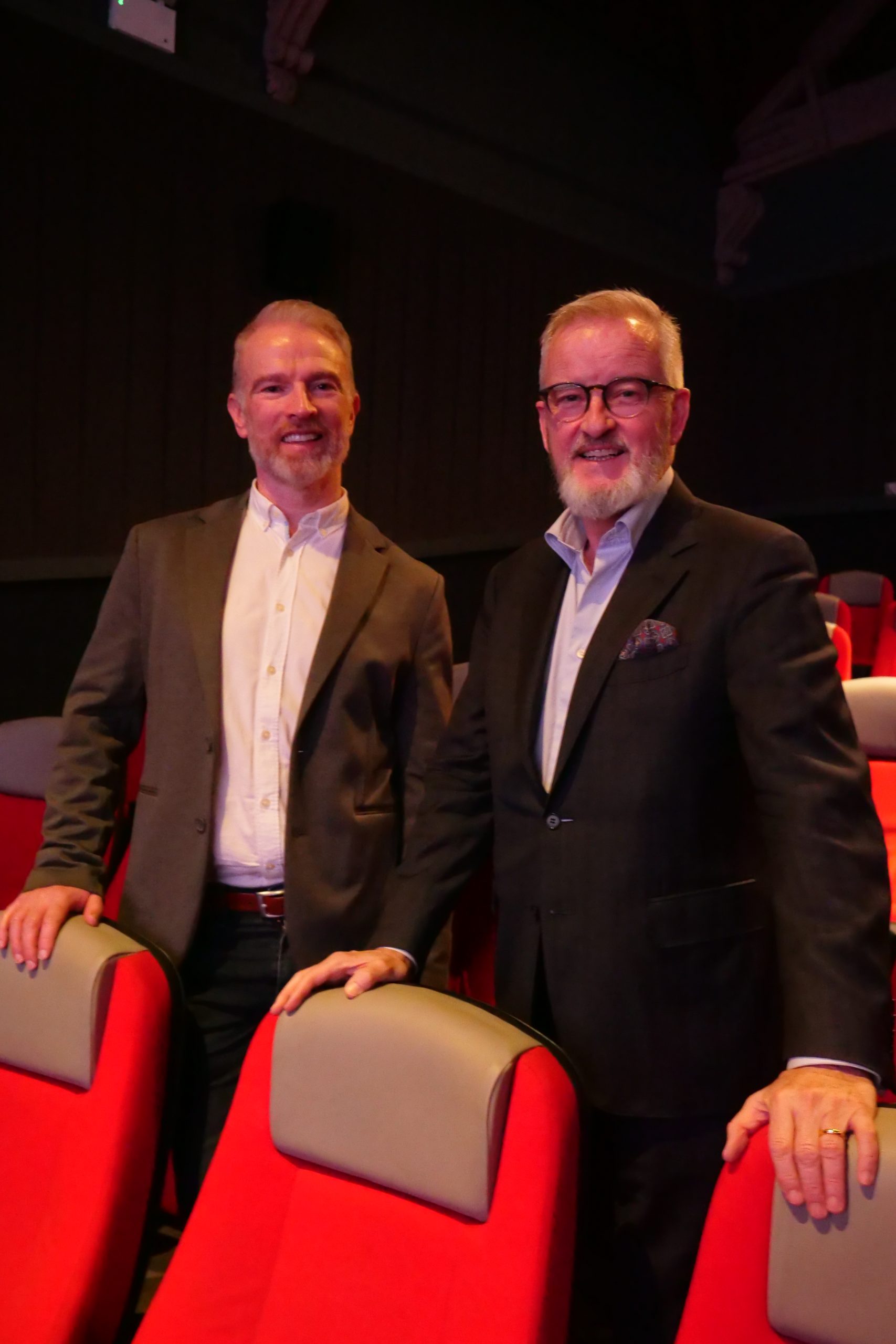 IFI LAUNCHES NEW FIVE-YEAR STRATEGY FOR 2025-29
IFI LAUNCHES NEW FIVE-YEAR STRATEGY FOR 2025-29
4 December 2024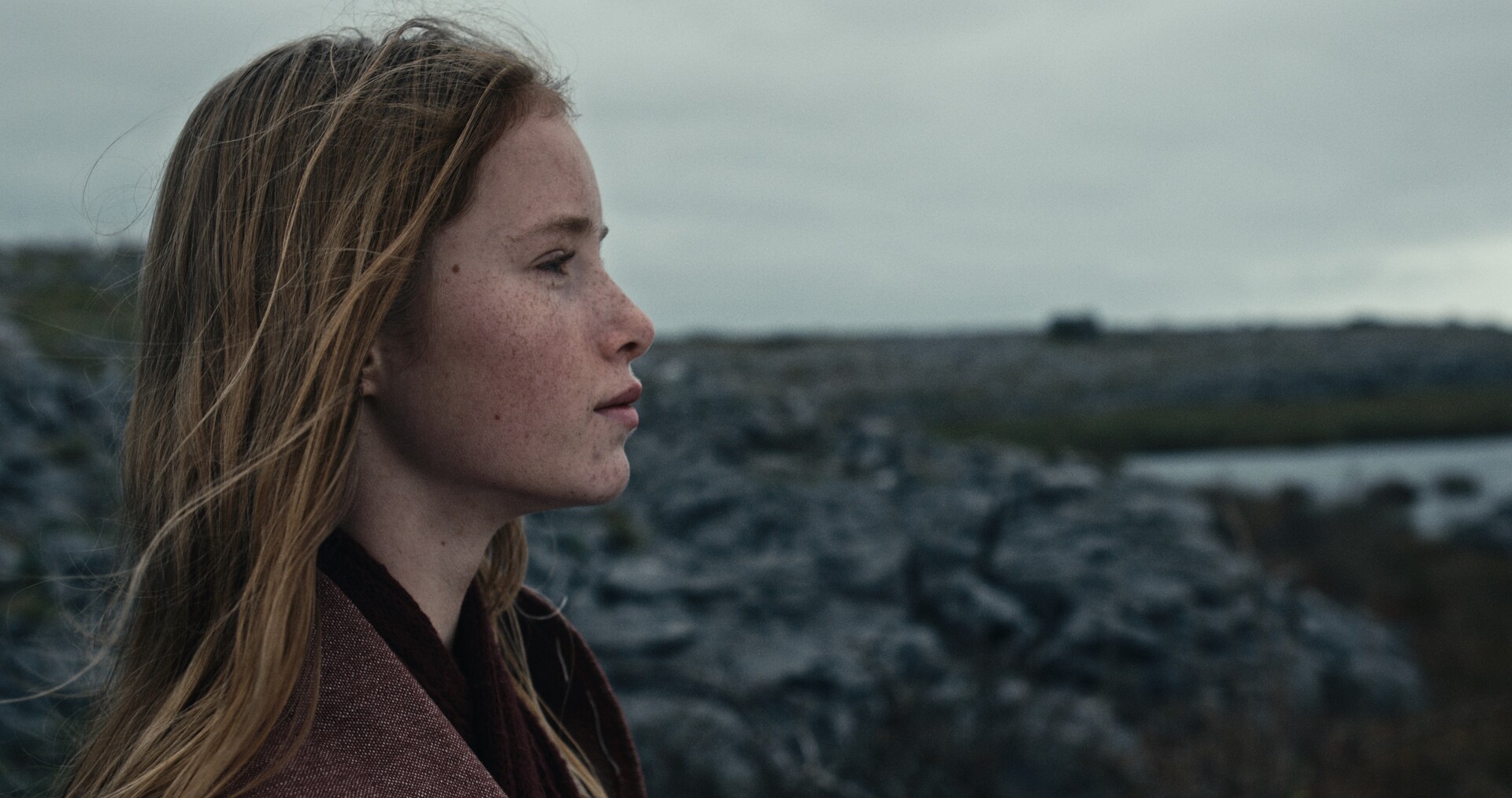 WFT Ireland 2024 Short Film Showcase at IFI on Monday 9 December 2024
WFT Ireland 2024 Short Film Showcase at IFI on Monday 9 December 2024
29 November 2024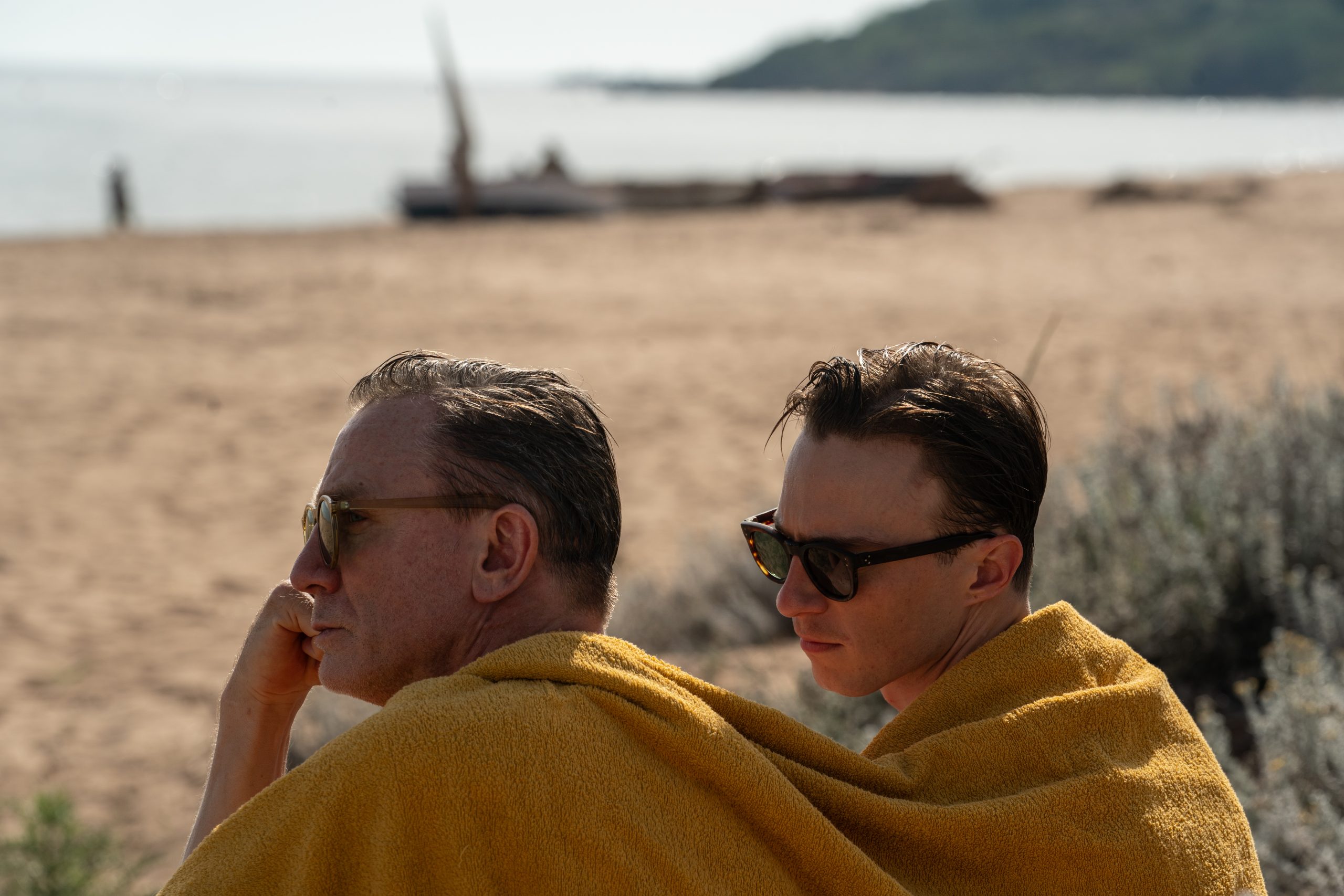 DECEMBER 2024 AT THE IFI
DECEMBER 2024 AT THE IFI
29 November 2024
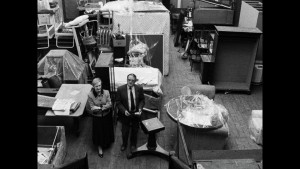
![Bargaintown_1[1]](http://ifi-responsive.fusio.net/wp-content/uploads/2015/12/Bargaintown_11-300x169.jpeg)
![Bargaintown_3[1]](http://ifi-responsive.fusio.net/wp-content/uploads/2015/12/Bargaintown_31-300x169.jpg)
![S_69271[1]](http://ifi-responsive.fusio.net/wp-content/uploads/2015/12/S_692711-300x239.jpg)